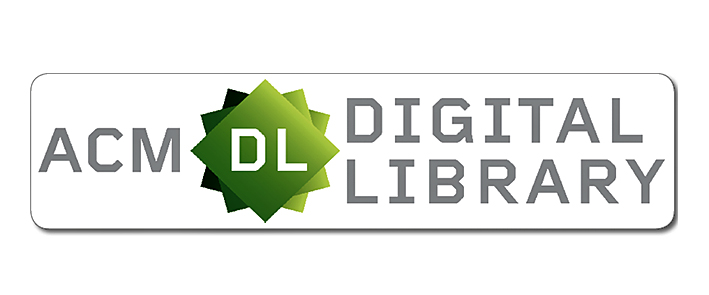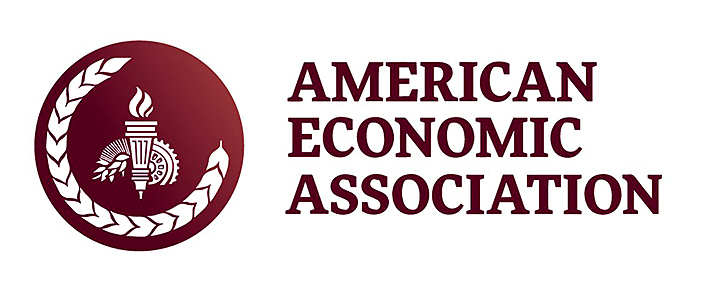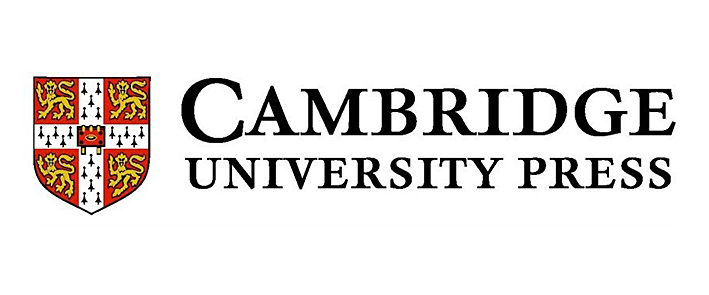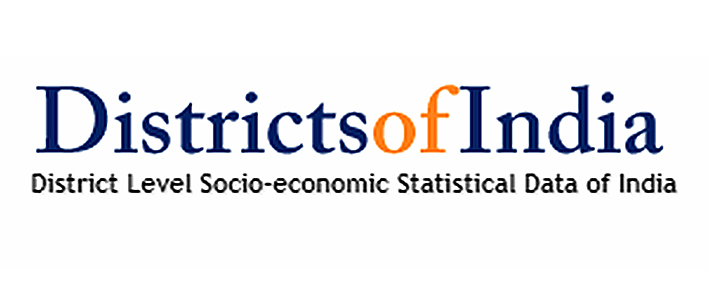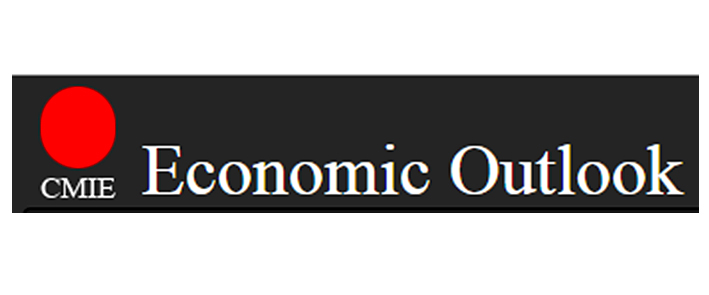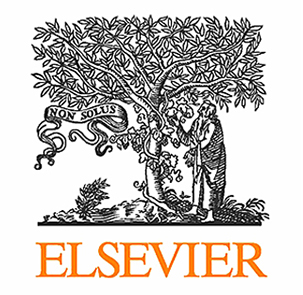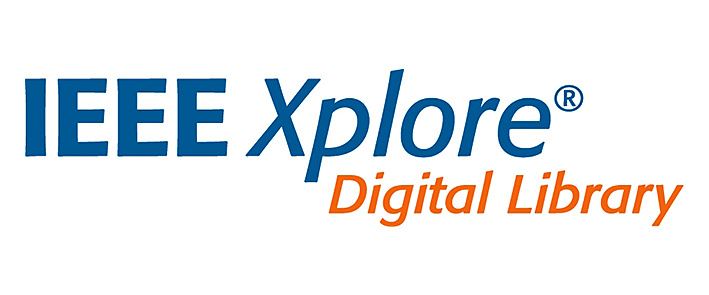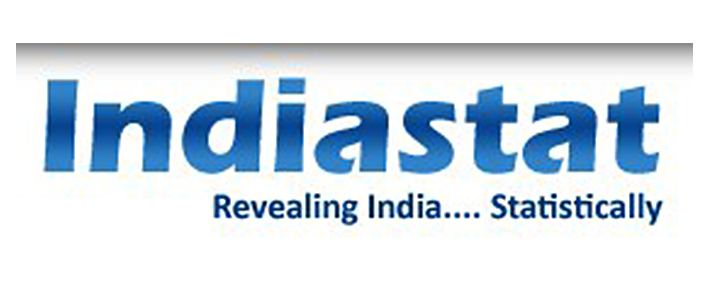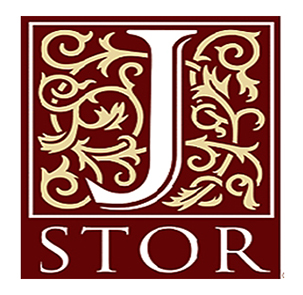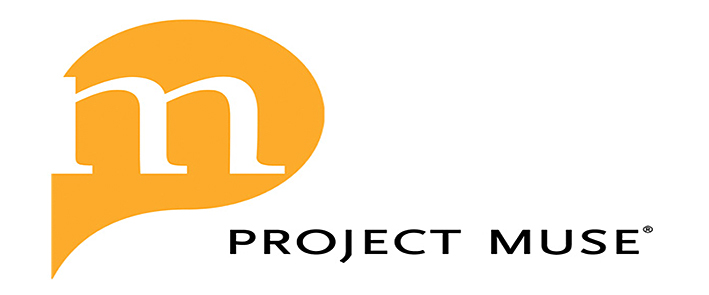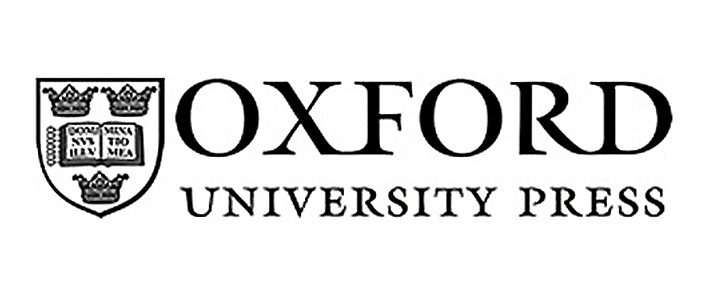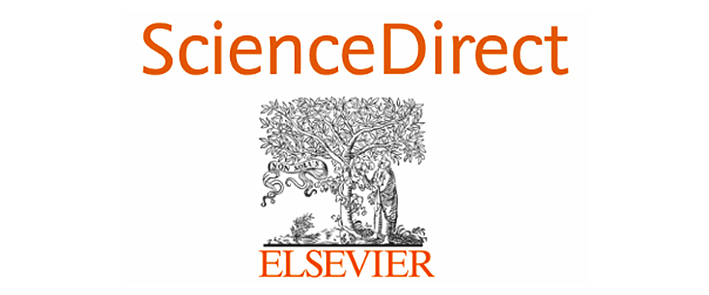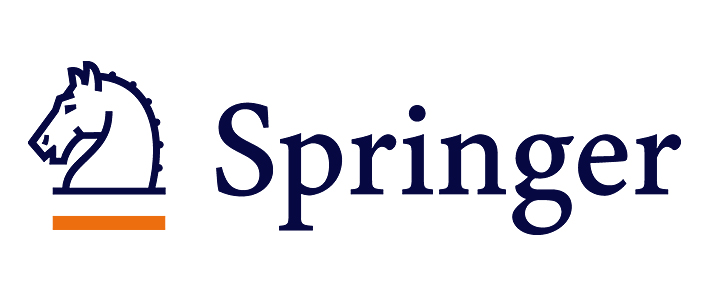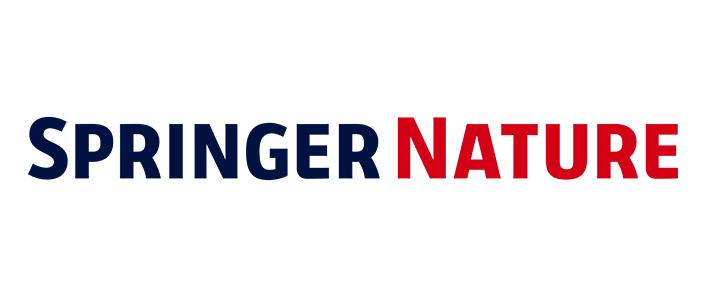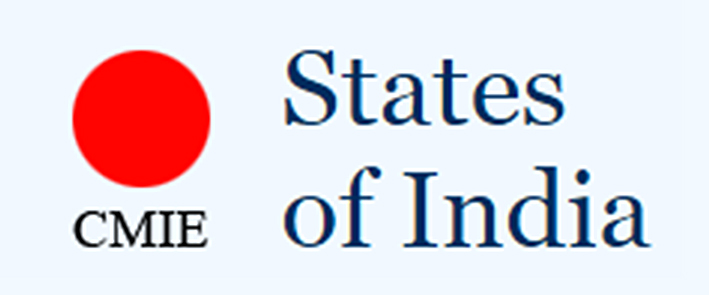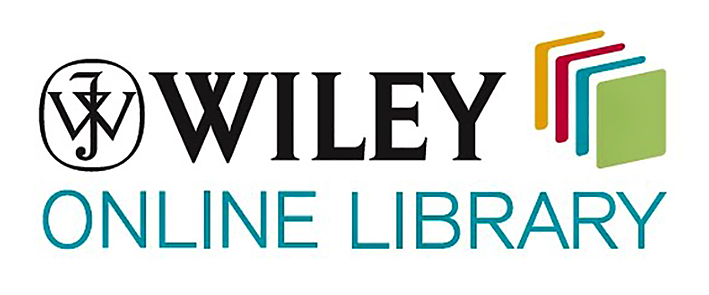| 000 -LEADER |
|---|
| fixed length control field |
05568nam a22003734a 4500 |
| 003 - CONTROL NUMBER IDENTIFIER |
|---|
| control field |
IN-MiVU |
| 005 - DATE AND TIME OF LATEST TRANSACTION |
|---|
| control field |
20240328150441.0 |
| 007 - PHYSICAL DESCRIPTION FIXED FIELD--GENERAL INFORMATION |
|---|
| fixed length control field |
ta |
| 008 - FIXED-LENGTH DATA ELEMENTS--GENERAL INFORMATION |
|---|
| fixed length control field |
110315s2011 enka grb 001 0 eng |
| 010 ## - LIBRARY OF CONGRESS CONTROL NUMBER |
|---|
| LC control number |
2011011504 |
| 020 ## - INTERNATIONAL STANDARD BOOK NUMBER |
|---|
| International Standard Book Number |
9780521145961: |
| Qualifying information |
(Pbk) |
| 040 ## - CATALOGING SOURCE |
|---|
| Original cataloging agency |
MAIN |
| Language of cataloging |
eng |
| Transcribing agency |
IN-MiVU |
| 082 00 - DEWEY DECIMAL CLASSIFICATION NUMBER |
|---|
| Edition number |
21 st |
| Classification number |
577.88 |
| Item number |
LIU/S |
| 245 00 - TITLE STATEMENT |
|---|
| Title |
Sources, sinks and sustainability / |
| Statement of responsibility, etc. |
edited by Jianguo Liu... et al. |
| 260 3# - PUBLICATION, DISTRIBUTION, ETC. |
|---|
| Place of publication, distribution, etc. |
Cambridge ; |
| -- |
New York : |
| Name of publisher, distributor, etc. |
Cambridge University Press, |
| Date of publication, distribution, etc. |
2011. |
| 300 ## - PHYSICAL DESCRIPTION |
|---|
| Extent |
xvii, 525 p. : |
| Other physical details |
ill. ; |
| Dimensions |
26 cm. |
| 490 0# - SERIES STATEMENT |
|---|
| Series statement |
Cambridge studies in landscape ecology |
| 504 ## - BIBLIOGRAPHY, ETC. NOTE |
|---|
| Bibliography, etc. note |
Includes bibliographical references and index. |
| 505 8# - FORMATTED CONTENTS NOTE |
|---|
| Formatted contents note |
Machine generated contents note: Preface; Acknowledgements; List of contributors; Part I. Introduction: 1. Impact of a classic paper by H. Ronald Pulliam: the first 20 years Vanessa Hull, Anita T. Morzillo and Jianguo Liu; Part II. Advances in Source-Sink Theory: 2. Evolution in source-sink environments: implications for niche conservatism Robert D. Holt; 3. Source-sink dynamics emerging from unstable ideal-free habitat selection Douglas W. Morris; 4. Sources and sinks in the evolution and persistence of mutualisms Craig W. Benkman and Adam M. Siepielski; 5. Effects of climate change on dynamics and stability of multiregional populations Mark C. Andersen; 6. Habitat quality, niche breadth, temporal stochasticity, and the persistence of populations in heterogeneous landscapes Scott M. Pearson and Jennifer M. Fraterrigo; 7. When sinks rescue sources in dynamic environments Matthew R. Falcy and Brent J. Danielson; 8. Sinks, sustainability, and conservation incentives Alessandro Gimona, Gary Polhill and Ben Davies; Part III. Progress in Source-Sink Methodology: 9. On estimating demographic and dispersal parameters for niche and source-sink models H. Ronald Pulliam, John M. Drake and Juliet R. C. Pulliam; 10. Source-sink status of small and large wetland fragments and growth rate of a population network Gilberto Pasinelli, Jonathan P. Runge and Karin Schiegg; 11. Demographic and dispersal data from anthropogenic grasslands: what should we measure? John B. Dunning, Jr, Daniel M. Scheiman and Alexandra Houston; 12. Network analysis: a tool for studying the connectivity of source-sink systems Ferenc Jordán; 13. Sources, sinks, and model accuracy Matthew A. Etterson, Brian J. Olsen, Russell Greenberg and W. Gregory Shriver; 14. Scale-dependence of habitat sources and sinks Jeffrey M. Diez and Itamar Giladi; 15. Effects of experimental population removal for the spatial population ecology of the alpine butterfly, Parnassius smintheus Stephen F. Matter and Jens Roland; Part IV. Improvement of Source-Sink Management: 16. Contribution of source-sink theory to protected area science Andrew Hansen; 17. Evidence of source-sink dynamics in marine and estuarine species Romuald N. Lipcius and Gina M. Ralph; 18. Population networks with sources and sinks along productivity gradients in the Fiordland Marine Area, New Zealand: a case study on the sea urchin Evechinus chloroticus Stephen R. Wing; 19. Source-sinks, metapopulations, and forest reserves: conserving northern flying squirrels in the temperate rainforests of Southeast Alaska Winston P. Smith, David K. Person and Sanjay Pyare; 20. Does habitat fragmentation generate breeding sources, sinks, and ecological traps in migratory songbirds? Scott K. Robinson and Jeffrey P. Hoover; 21. Source-sink population dynamics and sustainable leaf harvest of the understory palm Chamaedorea radicalis Eric J. Berry, David L. Gorchov and Bryan A. Endress; 22. Assessing positive and negative ecological effects of corridors Nick Haddad, Brian Hudgens, Ellen I. Damschen, Douglas J. Levey, John L. Orrock, Joshua J. Tewksbury and Aimee J. Weldon; Part V. Synthesis: 23. Sources and sinks: what is the reality? John Wiens and Beatrice Van Horne; Index. |
| 520 ## - SUMMARY, ETC. |
|---|
| Summary, etc. |
"Source-sink theories provide a simple yet powerful framework for understanding how the patterns, processes and dynamics of ecological systems vary and interact over space and time. Integrating multiple research fields, including population biology and landscape ecology, this book presents the latest advances in source-sink theories, methods and applications in the conservation and management of natural resources and biodiversity. The interdisciplinary team of authors uses detailed case studies, innovative field experiments and modeling, and comprehensive syntheses to incorporate source-sink ideas into research and management, and explores how sustainability can be achieved in today's increasingly fragile human-dominated ecosystems. Providing a comprehensive picture of source-sink research as well as tangible applications to real world conservation issues, this book is ideal for graduate students, researchers, natural-resource managers and policy makers"-- |
| Assigning source |
Provided by publisher. |
| 650 #0 - SUBJECT ADDED ENTRY--TOPICAL TERM |
|---|
| Topical term or geographic name entry element |
Animal populations |
| 650 #0 - SUBJECT ADDED ENTRY--TOPICAL TERM |
|---|
| Topical term or geographic name entry element |
Habitat selection. |
| 650 #0 - SUBJECT ADDED ENTRY--TOPICAL TERM |
|---|
| Topical term or geographic name entry element |
Ecological heterogeneity. |
| 650 #0 - SUBJECT ADDED ENTRY--TOPICAL TERM |
|---|
| Topical term or geographic name entry element |
Ecosystem management. |
| 650 #0 - SUBJECT ADDED ENTRY--TOPICAL TERM |
|---|
| Topical term or geographic name entry element |
NATURE / Natural Resources |
| Source of heading or term |
bisacsh. |
| 700 1# - ADDED ENTRY--PERSONAL NAME |
|---|
| Personal name |
Liu, Jianguo, |
| Dates associated with a name |
1963- |
| Relator term |
editor |
| 700 1# - ADDED ENTRY--PERSONAL NAME |
|---|
| Personal name |
Hull, Vanessa |
| Relator term |
joint editor |
| 700 1# - ADDED ENTRY--PERSONAL NAME |
|---|
| Personal name |
Morzillo, Anita T. |
| Relator term |
joint editor |
| 700 1# - ADDED ENTRY--PERSONAL NAME |
|---|
| Personal name |
Wiens, John A. |
| Relator term |
joint editor |
| 856 42 - ELECTRONIC LOCATION AND ACCESS |
|---|
| Materials specified |
Cover image |
| Uniform Resource Identifier |
<a href="http://assets.cambridge.org/97805211/99476/cover/9780521199476.jpg">http://assets.cambridge.org/97805211/99476/cover/9780521199476.jpg</a> |
| 906 ## - LOCAL DATA ELEMENT F, LDF (RLIN) |
|---|
| a |
7 |
| b |
cbc |
| c |
orignew |
| d |
1 |
| e |
ecip |
| f |
20 |
| g |
y-gencatlg |
| 942 ## - ADDED ENTRY ELEMENTS (KOHA) |
|---|
| Source of classification or shelving scheme |
|
| Koha item type |
Books |

